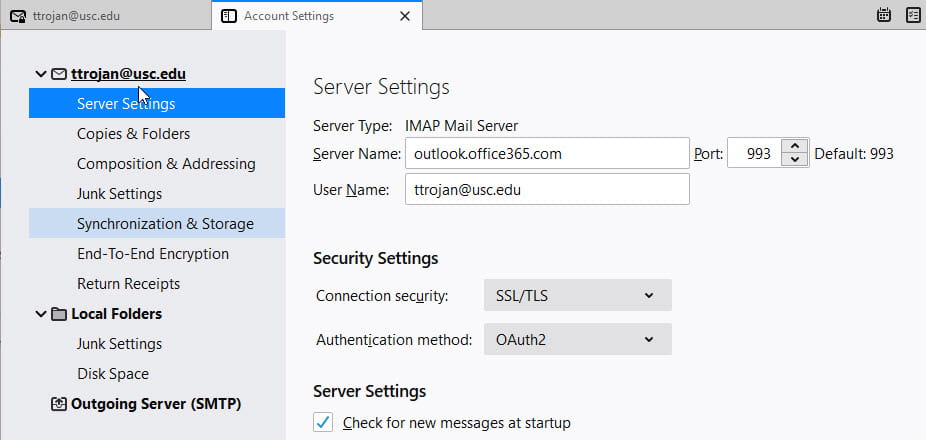

_ 3600 IN TXT “ v=DMARC1 p=quarantine fo=1 pct=100 “_dmarc.domain” is the domain your setting up DMARC for. Enter the following line into the DMARC TXT record into your DNS:.If you are using custom domains, then setting up DMARC is relatively simple (here, we’ll use an example for the “” example above, created automatically using the DMARC Record Generator from MX Toolbox): If you aren’t using custom domains, then DMARC is already configured for your server. Outbound mail gets a little trickier if you are using custom domains. Luckily, DMARC is already configured for inbound mail in Office 365. To use DMARC, you need to institute records for both incoming and outgoing mail. Finally, I’ll discuss the importance of third-party support to help you catch spoofed email that makes it through your own lines of defense. Next, I’ll discuss the importance of educating your users, and providing them with the warnings they need to recognize bad emails. Here I’ll cover those features, including the use of SPF, DKIM, and DMARC records, built-in Office 365 tools that comply with email and DNS protection systems. Network administrators need to implement critical security features to help them protect their email domain from spoofing. A whitepaper from PhishMe Human Phishing Defense states that phishing attacks were up 65% in 2017, and those numbers seem to be growing.

What is surprising is that email phishing can still cost so much in time and money. That’s not surprising, as they were developed in the earliest days of the networked communication (before the Internet as we know it even existed). The primary issue is that email protocols are inherently insecure by default.


 0 kommentar(er)
0 kommentar(er)
